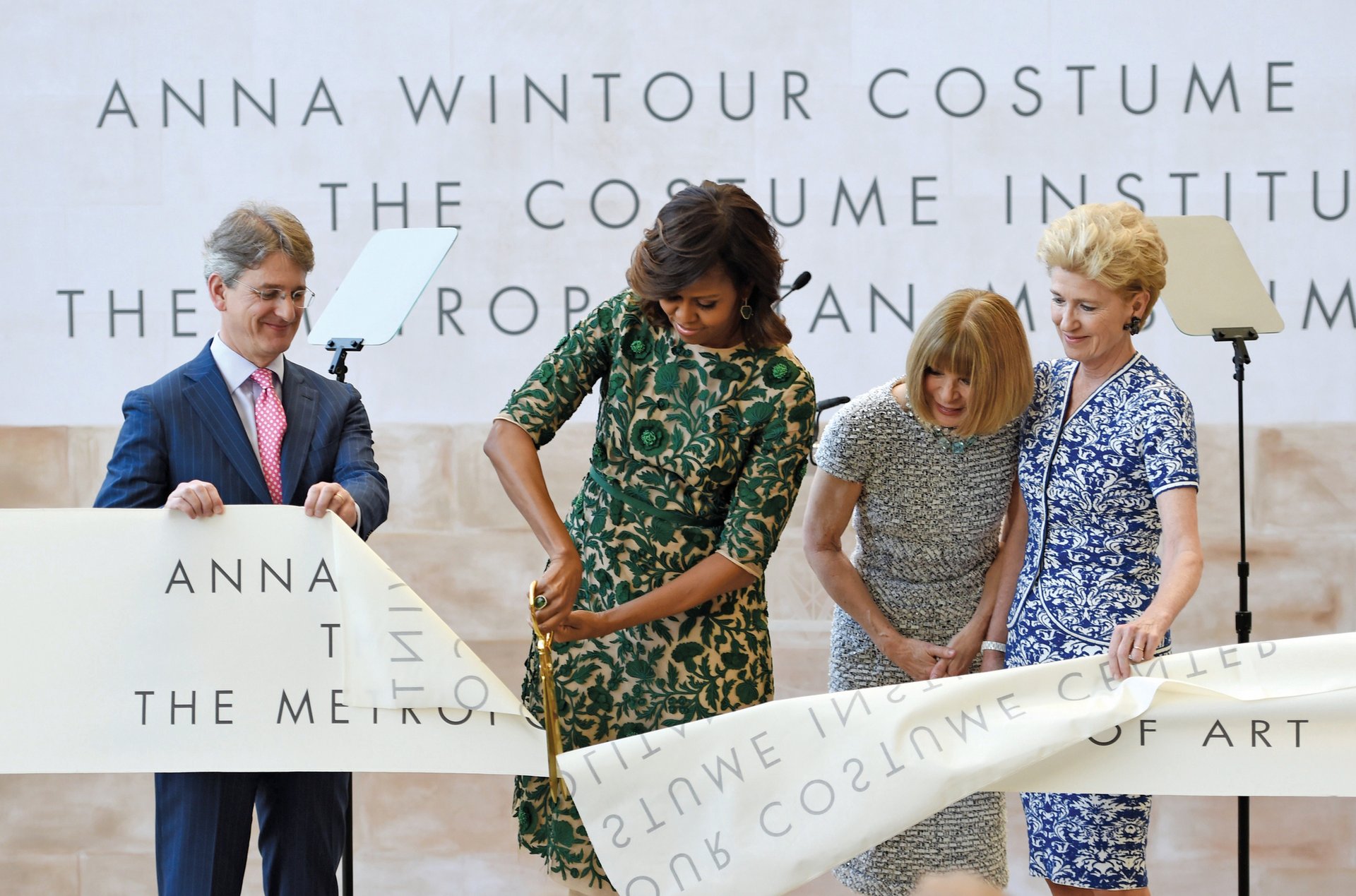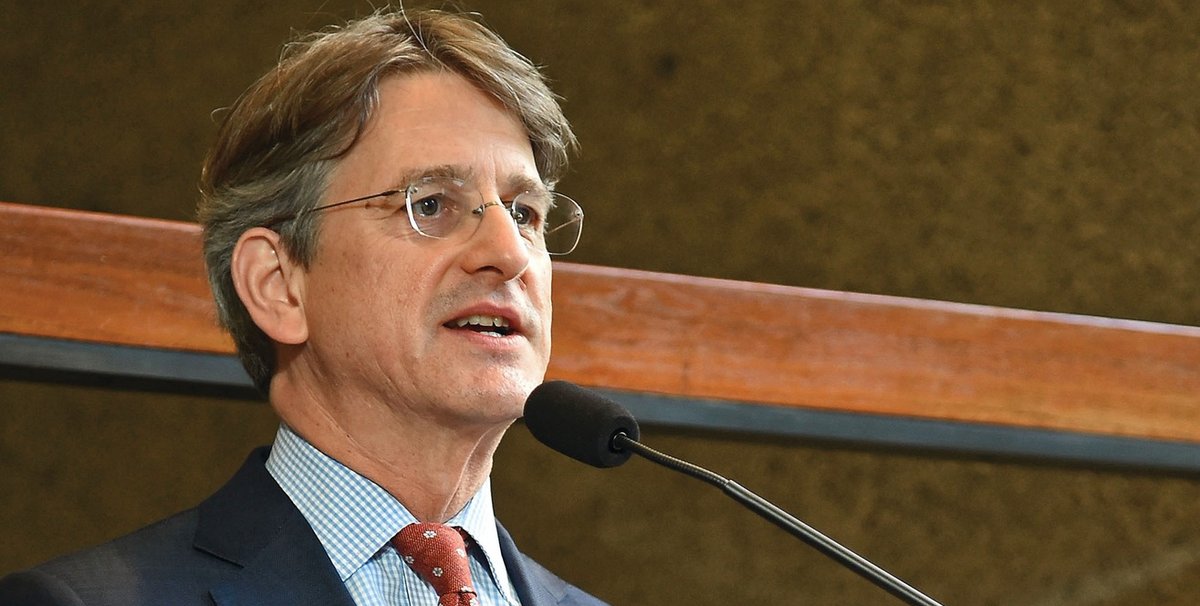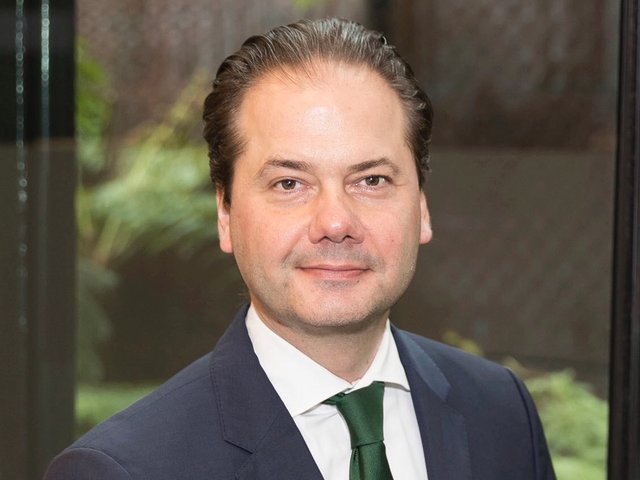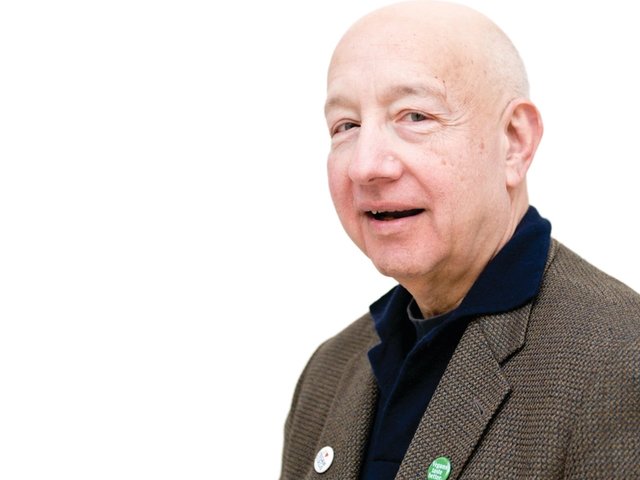Thomas Campbell stepped down as director and chief executive of the Metropolitan Museum of Art, New York, in June, leaving the institution that he first joined as a curator more than two decades ago.
Campbell announced his resignation at the end of February amid growing concern over the institution’s financial management, criticism of a $600m planned David Chipperfield-designed wing for Modern and contemporary art and speculation about his future after eight years at the helm. But the timing still came as a surprise. As the Met’s board searches for Campbell’s successor as director, and tackles its annual operating deficit, it has made Daniel Weiss, the museum’s president since 2015, also its chief executive.
In a statement, the Met said that the next director will be responsible for setting the artistic direction and curatorial priorities of the museum, while Weiss, as president and chief executive, will establish the Met’s “institutional, capital and infrastructure priorities”.
The Art Newspaper: Why did you decide to step down?
Thomas Campbell: I think I’ve moved the museum forward in many respects. We’ve really modernised and come into the 21st century. We have an extraordinarily strong programme. We’ve grown our audience by 40%. We’ve digitised. We’ve expanded the Modern and contemporary arena. And we’ve done a lot of planning for the future.
We are well on track to get the finances to a comprehensive, sustainable budget by 2020. There is no ideal time, but I think it is a moment when I can step away feeling that the museum is in a very strong place. Dan Weiss, with whom I have worked so closely, is up to speed. He is a very strong leader, so the museum is in good hands.
But what about you, personally? Was it a New Year’s resolution?
I have been approached a number of times over the last few years by other institutions and I’ve always turned offers down because I’m so focused on the Met. One of the great experiences of being director has been learning about art and cultures beyond my training as a historian of European art. As I’ve travelled and talked with audiences and peers around the world, I’ve really come to see the degree to which in an ever more connected but divided world art is a critical portal to an understanding of history and culture. So what I am really looking forward to doing is becoming more involved, and teaching, lecturing and writing about art, and why art matters at this critical moment.
Are you moving on to a “Kenneth Clark” stage in your career, in broadcasting?
I will explore a number of options. I think that museums and cultural institutions have a critical role to play. One of the things I’ve loved as a museum director is being a spokesperson, moving beyond to advocate for the arts, podcasting and lecturing.
Looking back, what do you think will be your defining achievements as the Met’s director?
It is amazing how much we have done in the past eight years, so there are a number. Working on the Islamic Galleries was one of the most satisfying and rewarding projects I have undertaken in my life. But stepping back from that, I came to the Met as a historian because I saw it as perhaps the only museum in the world that had the leadership, the funding, the leverage and the audience where I might advocate for a subject that I really cared about: European tapestry. I am incredibly proud of the two big tapestry exhibitions that I did because I think they helped change the nature of art history.
When I became a director it was my top priority to ensure that the Met went on being a space where scholarship could flourish and where we would go on pursuing really big, ambitious projects that would change our understanding of the past. So what am I most proud of? I think I am most proud of the fact that that is what we have done. We have perhaps the best programme of any museum in the world, with exhibitions that range from antiquity to contemporary—that are vibrant, relevant. They are not crowd pleasers; it hasn’t been by pandering or by doing popular blockbusters. If you look at last year, [we’ve had] everything from Seljuks and Pergamon to Valentin de Boulogne, Vigée Le Brun, Jerusalem, Kerry James Marshall and now the Age of Empires. It’s an amazing programme: wide-ranging, engaging and relevant.
How important was making that scholarship more accessible?
I believe profoundly that our mission is to make our collections and scholarships as accessible as possible to as wide an audience as possible. I think that perhaps it is true to say that the Met, for various reasons, was perceived as a rather elitist and not always very friendly place. Tourism is rising in New York, no question. But the growth we have seen in our visitors, from 4.5 million to seven million visitors in the past calendar year, hasn’t happened by coincidence. That is a response to the changes we have made in many different ways to make the museum accessible, friendly and not elitist.
Do you feel that, when the Met collected and displayed more contemporary art, it was damned if it did and damned if it didn’t?
During the first 40 years of its life, the Met collected a lot of Modern and contemporary art. The Modern of its time was the Hudson River School and the contemporary was Whistler and Sargent and their ilk. The museum kind of lost its nerve in about 1910 because what was coming out of Europe was too drastic, too revolutionary and, of course, there was a hiatus of about 30 years in which time MoMA [Museum of Modern Art], the Guggenheim and the Whitney came into existence. In the 1940s, Met curators began playing catch-up. Part of the museum’s history in the past 60 or 70 years has been an on-again and off-again relationship with Modern and contemporary art.
When I became director, I was given a very clear mandate by the board, and I believed in it myself, that it was time that the Met embraced Modern and contemporary in a more robust way. Obviously, that’s an agenda I’ve pursued, I think with great success. I’ve always tried to do it in balance with the encyclopaedic nature of our ambitions. What we’re doing is not aping MoMA or the other institutions. We are doing something unique. I think we are developing something distinctive, valuable in its own right and something that will be an investment for the future as it draws in donors and patrons and gifts.

What do you say to the criticism that the Met’s board has been taken over with people with a vested interest in Modern and contemporary art?
There has been so much misinformation. Firstly, to say that the Met has been taken over by Modern and contemporary collectors is not just a caricature; it is a gross misrepresentation. As we have appointed new trustees during my tenure, we always look at a range of different issues. We are always conscious that we are building a board for an encyclopaedic institution and trustees that we have brought on have varied interests.
Was the planned David Chipperfield-designed Modern and contemporary wing a project too far?
The work on the south-west wing came out of a detailed feasibility study, which was led by the architects Beyer Blinder Belle. We identified projects that ranged right across the museum and necessary infrastructure investment. The top project that came out of that on the infrastructure side was the urgent need to replace the roofs over the European painting galleries. It is a huge project; we have been analysing it for two years. It is going to cost $150m and it was for that purpose primarily that we did a $250m bond issue early in 2015 for infrastructure needs.
In terms of elective projects, we had a whole variety of different ideas but the project that seemed of most relevance to the board back in 2013 and 2014 was the very inadequate nature of the galleries in the wing in which we show Modern and contemporary art, recognising that: one, the Met should be very active in this area; and, two, that it is of increasing interest to our audiences.
We can’t go out into the marketplace to buy works of art that are $50m, $60m or $70m apiece. What we can do, and what the Met has always done, is build beautiful galleries so that donors and collectors will see us as a worthy destination. That’s what happened with our Chinese collections. We rebuilt our Chinese galleries back in the 1980s and early 1990s and, based on those beautiful spaces, we have received gifts that have turned us into one of the most important destinations for those who want to see Chinese paintings anywhere in the world.
Our board felt, rightly, that we have an opportunity in rebuilding the south-west wing. So that led to an architectural competition and the appointment of David Chipperfield. We have had a very productive relationship with David that has resulted in a very exciting schematic design for what the museum might do in the future. So we now have the basis to go out and do fundraising. We know that there is considerable interest within the community of Modern and contemporary art collectors in that project.
That all said, we also have this huge infrastructure project and as we have studied them together it is clear that we can’t do them at once. Clearly the museum has a capacity issue. So we have decided to go ahead with the infrastructure project first and push off work on the south-west wing into the 2020s.
Did you feel harshly treated when the budget deficit of $5m or $6m was reported as a projected deficit of $40m?
I think a lot of misinformation has been put out there about the museum finances. Look, we have a $3bn endowment. We have a triple-A rating, which allowed us to do the $250m bond issue. So the museum is in a very strong position. The situation we were dealing with was that, because of internal inflationary pressure, external factors such as legally having to put more money aside for pensions, our own decision to take on a bond issue and add debt repayment, and some weakening revenue schemes, it was clear we needed to pull back a bit and do some financial restructuring, and that is what we planned a year-and-a-half ago. It is quite difficult; it generates quite an amount of press. We have hit the targets that we set ourselves. We are through some of the most difficult work and we are absolutely on track to have a fully balanced, comprehensive and sustainable—a critical word— budget by 2020. We added up all the money we have raised over the past five years and it is something like $600m. We have a very strong donor base that is supportive of our multiple activities.
Was the speculation about your relationships with staff that appeared in certain publications the worse thing you’ve had to deal with as a director?
It goes with the territory. When you are in a high-profile position like this, you are always the subject of gossip and innuendo. This is a very competitive place. It is project driven. In order to move the institution forward I have had to give resources to individuals and teams across the institution who I believed could effect meaningful change. I am proud of the change and achievement we have had both in the digital sphere and elsewhere. There are charges of favouritism but quite frankly that is what leadership is all about. It’s about making decisions.
It’s always been a “he” that runs the Met so far, but do you think it is ready for a female director as your successor?
I can’t opine on that. It’s something for the search committee. I would say that across the country there is a big demographic shift going on. In the AAMD [Association of Art Museum Directors] there are a great many women directors, more than there were 20 years ago. There are some very capable individuals out there and, internally, something like 70% of our staff are women and many of my senior executive staff are women. So I think our search committee has a very strong field, both male and female, to work with.




